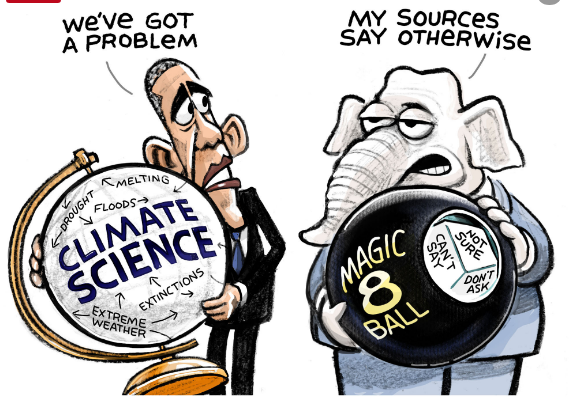
United Nations Climate Change secretariat recently announced that it would be supporting usage of distributed ledger technology (DLT) aka Blockchain for monitoring global climate change. In this relation, on 12 December 2017 in Paris, a multi-stakeholder group of 25 organizations working on distributed ledger technology (DLT, i.e. blockchain) held a meeting to agree to collaborate and establish an open global initiative called the Climate Chain Coalition (CCC).
Given that Global climate change is an issue which needs a lot of trust and transparency between participating countries, Blockchain technology forms the key. Here is a comic strip which represents the same.

Figure 1. Blockchain for Climate Change brings trust, transparency, and traceability
In this post, you will learn about aspects of climate change vis-a-vis Blockchain technology and how climate change initiatives can be benefitted by usage of Blockchain technology.
Monitoring Global Climate Change with Permissioned Blockchain
It has to be a permissioned blockchain where participants (one or more members representing different countries, cities, regions, businesses) would be allowed to join and carry out the transactions (read-write into the ledger) in the Blockchain network based on identify verification. One can, however, argue that anyone should be able to access the data if not conduct the write transactions. Permissioned blockchain frameworks such as Hyperledger Fabric can be used to create such Blockchain.
The key to global climate change initiatives are some of the following and how permissioned blockchain could help:
- Monitoring, reporting and verification of the impacts of climate action
- Enhanced transparency and traceability (provenance) of climate actions; Imagine the scenarios when multiple organizations are updating climate related data on the shared ledger. It would be so easy to track and trace such data using Blockchain.
- Security of Climate change data; One of the most key feature of Blockchain is data immutability. Data once written can’t be changed so easily.
- Trust between the country participants; Again, this is one of the integral characteristic of Blockchain owing to decentralized peer-to-peer network which maintains the data and not one single entity.
The following is the list of climate action areas where Blockchain technology could help:
- Carbon emission trading and monitoring
- Clean energy trading
- Climate finance flows (transparency and traceability)
- Improved tracking and reporting of greenhouse gas (GHG) emissions reduction and avoidance of double counting
Further Reading
- UN Supports Blockchain Technology for Climate Action
- How Blockchain Technology Could Boost Climate Action
Summary
In this post, you learnt about aspects of global climate change and how Blockchain technology could be used to benefit the related climate change initiatives.
Did you find this article useful? Do you have any questions about this article or suggestions regarding usage of Blockchain for climate change? Leave a comment and ask your questions and I shall do my best to address your queries.
- Three Approaches to Creating AI Agents: Code Examples - June 27, 2025
- What is Embodied AI? Explained with Examples - May 11, 2025
- Retrieval Augmented Generation (RAG) & LLM: Examples - February 15, 2025
I found it very helpful. However the differences are not too understandable for me